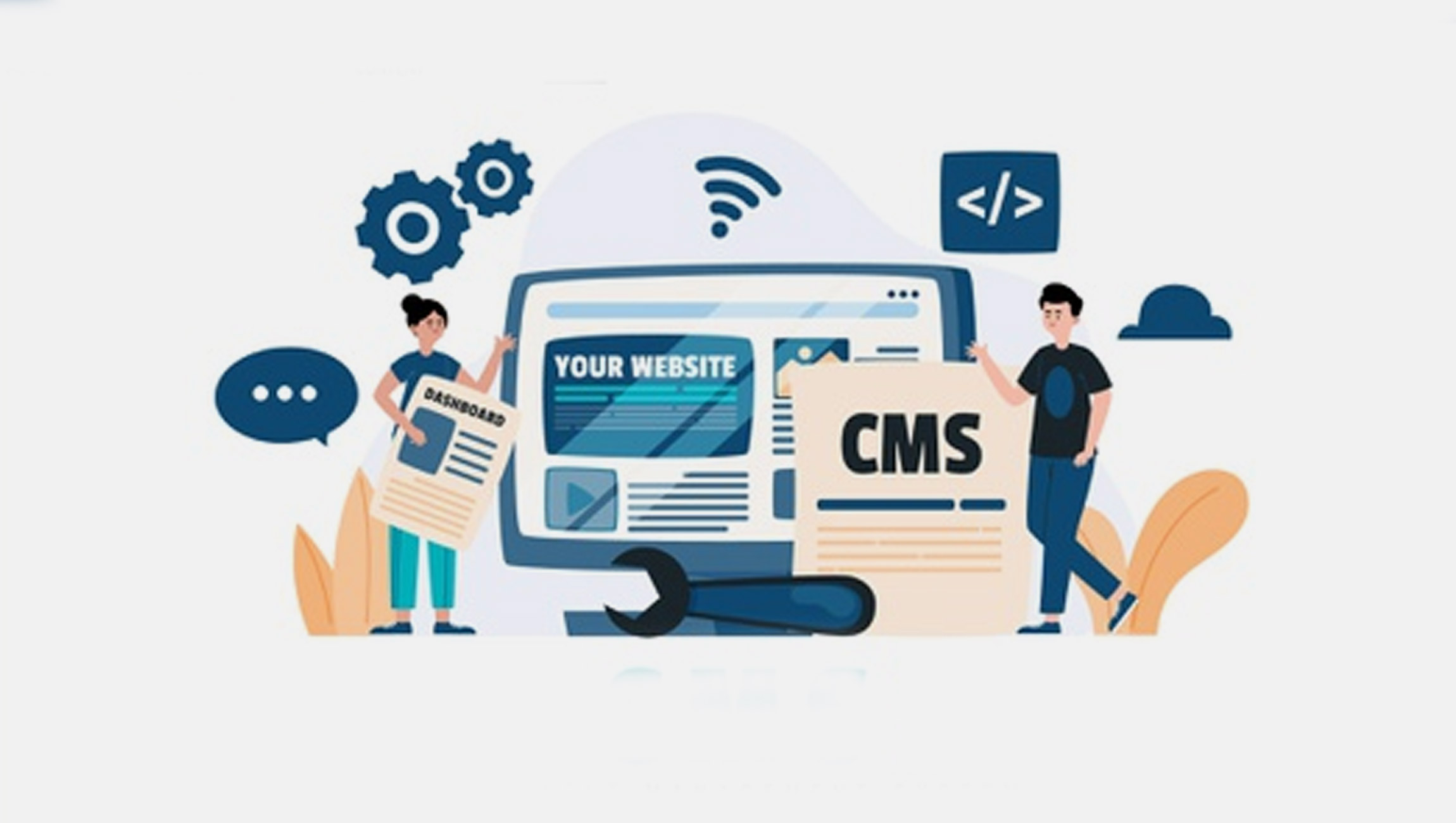With an increase in customers’ expectations from any business, there is a need to look towards those CMS tools that are more scalable, flexible and can adapt to the customer’s requirements. However, traditional CMS may not be able to deliver the experience that the customers require. Headless CMS can be a good option as it can allow the organizations to focus on their business and deliver the customer’s requirements seamlessly. The business can effectively speed up its deliveries, among other things. This is another reason why headless CMS is gaining clout and why many companies have now shifted towards a headless CMS.
Marketing Technology News: Strata Introduces Identity Orchestration Platform for Multi-Clouds
Need for a headless CMS?
A headless CMS is like a simplified CMS system. It is essentially a CMS without the integrated presentation layer, which is known as the head. This layer restricts the use of the content for a single output only. Now that there is no head, a headless CMS can be used across various output channels. So, if it worked only as a website previously, it can also work for other channels like mobiles, tablets, and other such devices. Therefore, this can make the modern business process more flexible.
Benefits of headless CMS
There are many benefits of the headless CMS over the traditional CMS system. Some of them include: –
- More flexible: Since headless CMS has removed the integrated presentation layer, you can build your own through APIs. Therefore, you do not have any constraints and can easily decide the language in which you want to code your frontend or the presentation layer. In addition to this, you can use the same code repeatedly with other projects, enabling you to have faster project completions and happier customers.
- Cost-effective: CMS has reduced the technical involvement, and therefore the dependency of the business on developers to build new technical aspects reduces. Therefore, this proved to be more cost-effective as compared to the traditional CMS system. So, your team can easily look for new functionalities without being bothered by any technical involvement, thereby reducing your upfront costs for the project significantly.
- Futureproof: With the headless CMS, you are essentially removing the presentation layer and separating it from the data and logic layer in the system. Therefore, you can restructure your project, thereby future-proofing it. While looking on to more output channels, the need to make any technical changes or changes in code also reduces.
- Easier to handle: The need to have people with defined CMS knowledge is reduced. Therefore, organizations will not need teams of people proficient in using CMS, thereby making it much easier to handle and open up a wide range of possibilities without making you dependent on any developers or technicians.
- Shifts focus on your business: You do not have to worry about your CMS when its a headless system, it is easier to handle, you will be more focused on profits and activities related to expanding your business. You now have time and resources saved which can be utilized for your business rather than managing software.
Marketing Technology News: MarTech Interview with Navdeep Saini, Co-founder and CEO at DistroScale
A Few of The Top Headless CMS Tools
There are many tools available that are supporting headless CMS functions and are trusted by many businesses. Some major headless CMS tools available include: –
- Butter CMS: Butter CMS is a Chicago-based CMS system and was the API’s first CMS launched in 2014. It includes many features, including CDN support, multi-site support, a testing environment, custom page types, webhooks, relational content modeling, and an easily customizable admin interface. Therefore, you can integrate this CMS into any platform. This software also supports producing SEO landing pages, company news pages, customer case studies, and other such features.
- Contentstack: developed by Built.io, Contentstack was founded in 2007 in San Francisco and is a headless CMS that provides RESTful APIs. It has many features that make it a choice for many businesses. Some of them include asset management, workflow management, collaboration, content previews, versioning, including others. Many Turnkey integrations like Salesforce, Eloqua, and Marketo come bundled with this headless CMS.
- DotCMS: as an open-source headless CMS, dotCMS is a major brand in content management based in Miami, Florida. They feature multi-tenant and multi-lingual abilities, which come with a WYSIWYG editor that supports drag and drop. So users can easily get access to features like page layout modification, content modeling, and workflow building.
- Mura: Mura is a decoupled opensource CMS that has many features, including a customizable WYSIWYG editor, multi-device content previews, built-in analytics dashboard, and custom navigation creator including other features. Clients can also get various hands-on APIs including CSS framework support, Docker Support, and some JavaScript frameworks like React.js, Ember.js, Vue.js, including other features.
With customer expectations rising steadily, enterprises need to invest in a scalable, adaptable, and flexible headless CMS system that will help retain a competitive edge.











